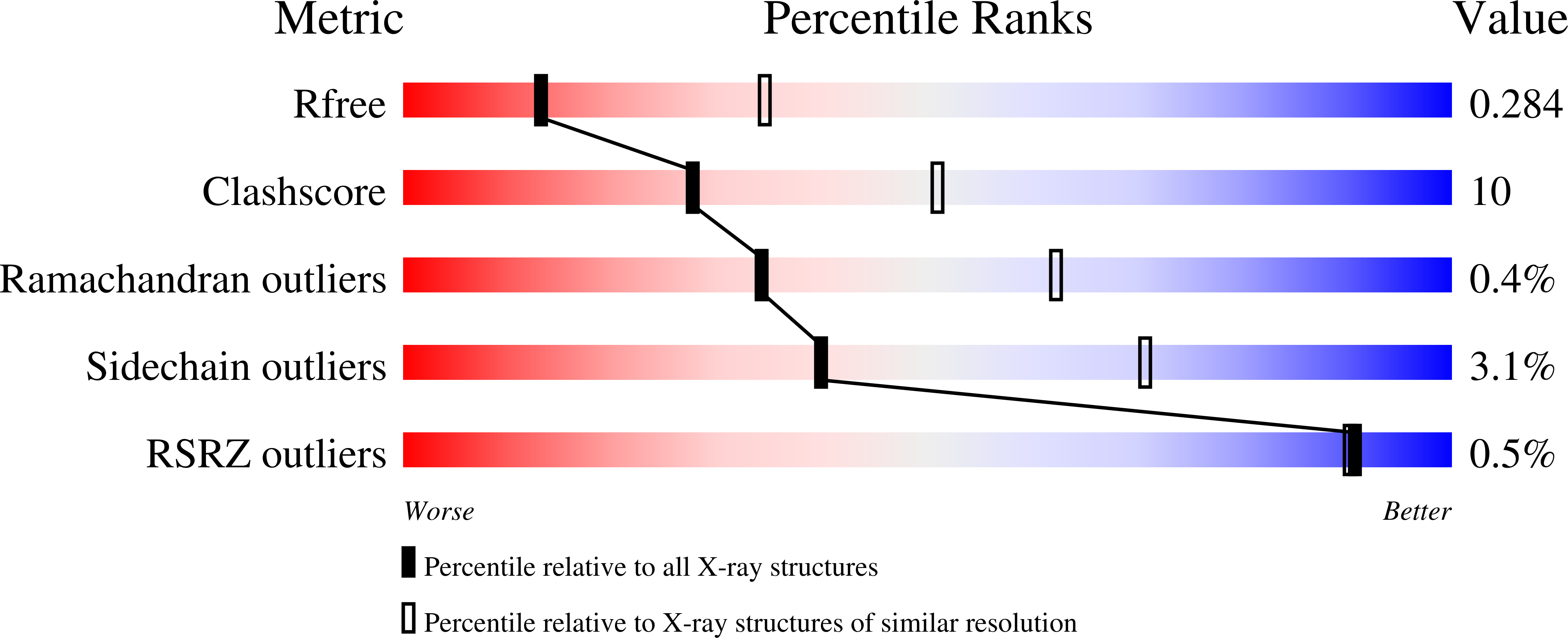
Deposition Date
2023-01-12
Release Date
2023-11-22
Last Version Date
2024-10-23
Entry Detail
PDB ID:
8C6K
Keywords:
Title:
Double mutant A(L53)C/I(L64)C structure of Photosynthetic Reaction Center From Cereibacter sphaeroides strain RV
Biological Source:
Source Organism:
Cereibacter sphaeroides 2.4.1 (Taxon ID: 272943)
Host Organism:
Method Details:
Experimental Method:
Resolution:
2.86 Å
R-Value Free:
0.27
R-Value Work:
0.22
R-Value Observed:
0.23
Space Group:
P 31 2 1


